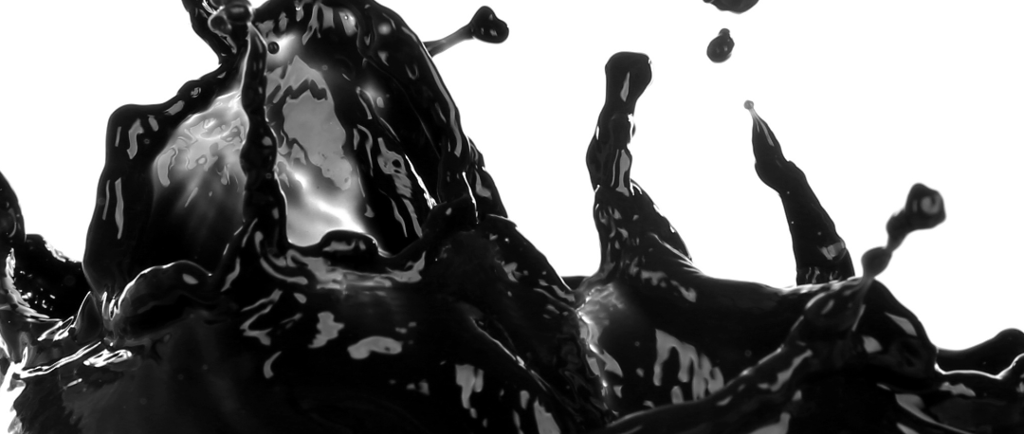FOG Equals Fast Oil and Grease
Why we have to control it! Its the Law!
Correct Clean
10/9/20252 min read


More Than a Mess: The Environmental Importance of Managing Fat, Oil, and Grease (FOG)
As Los Angeles' premier hood cleaning experts, Correct Clean focuses on removing Fat, Oil, and Grease (FOG) from your commercial kitchen's exhaust system to prevent fires and ensure safety. However, the environmental story of FOG is just as crucial. How you manage this byproduct is essential for protecting Southern California's waterways, infrastructure, and public health.
FOG isn't just a waste product; it's a major environmental hazard when improperly handled.
1. The Threat to Sewer Infrastructure: "Fatbergs"
When FOG is poured down the drain, it seems to disappear. But as it cools, it solidifies. This sticky, dense material adheres to the walls of the sewer pipes.
The Formation of "Fatbergs": Over time, FOG mixes with other non-flushable items (like wipes and debris) to form massive, concrete-like obstructions known as "fatbergs."
Costly Damage: These blockages cause sewer backups, leading to costly maintenance, emergency repairs, and overflowing raw sewage into streets, businesses, and—critically—storm drains that lead directly to the ocean.
Local Impact: In a massive metropolitan area like Los Angeles, maintaining the public sewage system is a non-stop, multi-million dollar effort, much of which is dedicated to combating FOG-related clogs.
2. Contamination of Waterways and Ecosystems
Any sewage that overflows or is improperly discharged often ends up in local storm drains, which are typically untreated and flow directly into rivers, beaches, and the Pacific Ocean.
Pollution and Oxygen Depletion: When FOG enters water bodies, it forms a slick layer on the surface. This layer prevents oxygen from transferring from the air into the water, leading to lower dissolved oxygen levels.
Harm to Wildlife: Aquatic life, including fish and essential microorganisms, cannot survive in oxygen-deprived waters. FOG coats feathers and fur, impairing the natural insulation and mobility of marine birds and mammals.
The Ocean Connection: Protecting the health of Southern California beaches and coastal ecosystems starts in the kitchen. Every drop of FOG that avoids the drain helps preserve the local environment.
3. The Sustainable Solution: Rendering and Recycling
The good news is that FOG is not just a problem; it's a resource when managed correctly. The key to environmental responsibility is never pouring FOG down the drain and instead ensuring it is properly collected for rendering and recycling.
Grease Trap Management: Commercial kitchens are required to install and regularly maintain grease traps. These traps are designed to intercept and hold FOG before it can enter the sewer lines. Regular, professional maintenance of these traps is an environmental mandate.
The Circular Economy: Collected waste vegetable oil (WVO) and grease is a valuable commodity. It is recycled and processed into:
Biodiesel: A cleaner-burning, renewable fuel source.
Soaps and Cosmetics: Base ingredients for industrial and consumer products.
Animal Feed Additives.
By partnering with certified rendering companies and diligently maintaining your grease trap, your restaurant becomes part of a sustainable, circular economy that transforms a hazardous waste into a useful green product.
At Correct Clean, our commitment to environmental responsibility includes the proper capture and safe disposal of all grease and wastewater generated during our hood cleaning process (referencing our 11-step containment protocol). Let us help you keep your business compliant and your environment clean.
